Filter by
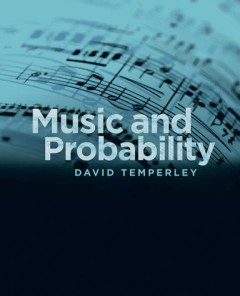
Music and probability / Music and Probability
Exploring the application of Bayesian probabilistic modeling techniques to musical issues, including the perception of key and meter.
- Edition
- -
- ISBN/ISSN
- -
- Collation
- 1 online resource (xi, 244 pages) :
- Series Title
- -
- Call Number
- -
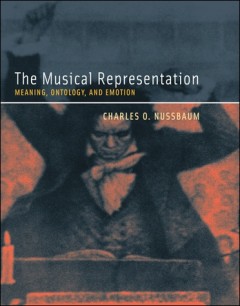
The Musical Representation : Meaning, Ontology, and Emotion
Annotation
- Edition
- -
- ISBN/ISSN
- -
- Collation
- 1 online resource (400 pages)
- Series Title
- -
- Call Number
- -
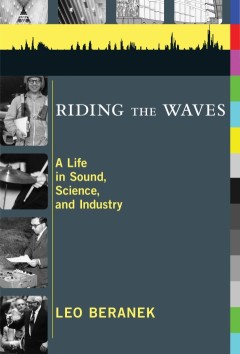
Riding the waves : A Life in Sound, Science, and Industry
The life and work of Renaissance man Leo Beranek: scientist, professor, engineer, business leader, inventor, entrepreneur, musician, television executive, philanthropist, and author.
- Edition
- -
- ISBN/ISSN
- -
- Collation
- 1 online resource (x, 235 pages) :
- Series Title
- -
- Call Number
- -

Sound unbound : Sampling Digital Music and Culture
The role of sound and digital media in an information-based society: artists--from Steve Reich and Pierre Boulez to Chuck D and Moby--describe their work.If Rhythm Science was about the flow of things, Sound Unbound is about the remix--how music, art, and literature have blurred the lines between what an artist can do and what a composer can create. In Sound Unbound, Rhythm Science author Paul …
- Edition
- -
- ISBN/ISSN
- -
- Collation
- 1 online resource
- Series Title
- -
- Call Number
- -
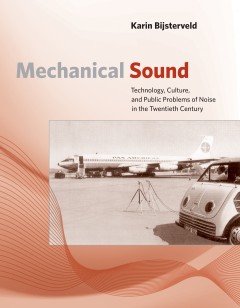
Mechanical sound : Technology, Culture, and Public Problems of Noise in the T…
'Mechanical Sound' traces efforts to control unwanted sound - the noise of industry, city traffic, gramophones and radios, and aircraft - from the late 19th to the late 20th century. Karin Bijsterveld argues that a paradox of control has developed, in which only some forms of noise are regulated by experts and governments.
- Edition
- -
- ISBN/ISSN
- -
- Collation
- 1 online resource (xii, 350 pages) :
- Series Title
- -
- Call Number
- -
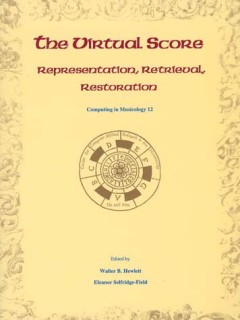
The Virtual Score, Volume 12: Representation, Retrieval, Restoration
The Virtual Score examines a broad range of approaches to working with musical scores in ways suited to electronic distribution. The first section, on musical representation and interchange, discusses early music and its multiple editorial stances, scores in Braille musical notation (with and without NIFF), the GUIDO format for "adequate" (as opposed to comprehensive) music representation, Exte…
- Edition
- -
- ISBN/ISSN
- 9780262316187
- Collation
- 1 online resource (ix, 291 pages) :illustrations.
- Series Title
- -
- Call Number
- -
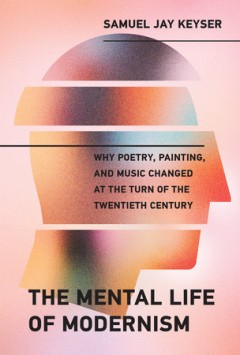
The Mental Life of Modernism: Why Poetry, Painting, and Music Changed at the …
An argument that Modernism is a cognitive phenomenon rather than a cultural one. At the beginning of the twentieth century, poetry, music, and painting all underwent a sea change. Poetry abandoned rhyme and meter; music ceased to be tonally centered; and painting no longer aimed at faithful representation. These artistic developments have been attributed to cultural factors ranging from the …
- Edition
- -
- ISBN/ISSN
- 9780262356947
- Collation
- -
- Series Title
- -
- Call Number
- -
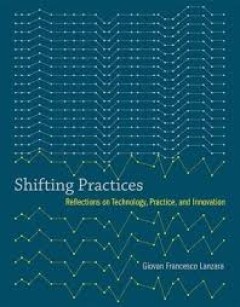
Shifting practices reflections on technology practice and innovation
What happens in an established practice or work setting when a novel artifact or tool for doing work changes the familiar work routines? Any unexpected event, or change, or technological innovation creates a discontinuity; organizations and individuals must reframe taken-for-granted assumptions and practices and reposition themselves. To study innovation as a phenomenon, then, we must search fo…
- Edition
- -
- ISBN/ISSN
- 9780262332309
- Collation
- 1 online resource (xiii, 287 pages).
- Series Title
- -
- Call Number
- -
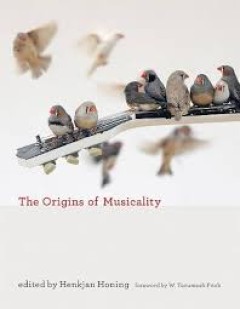
The origins of musicality
Principally revised versions of papers presented at the 2014 Lorentz Workshop "What Makes Us Musical Animals? Cognition, Biology and the Origins of Musicality," held in Leiden, the Netherlands, April 2014.Interdisciplinary perspectives on the capacity to perceive, appreciate, and make music. Research shows that all humans have a predisposition for music, just as they do for language. All of us …
- Edition
- -
- ISBN/ISSN
- 9780262344548
- Collation
- 1 online resource (xii, 351 pages) :illustrations
- Series Title
- -
- Call Number
- -
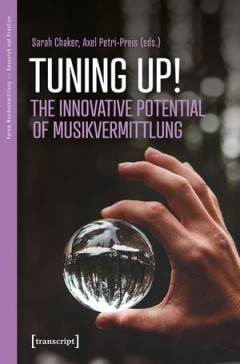
Tuning up! the Innovative Potential of Musikvermittlung
Professional musicians who perform in hospitals, retirement homes and prisons, creatively stimulated by the residents; babies crawling over exercise mats, enjoying classical music together with their parents; concert-goers who take their seats between the musicians in order to experience music up close with all their senses - the opportunities to make and experience music are almost unlimited. …
- Edition
- -
- ISBN/ISSN
- 9783839456811
- Collation
- 216 halaman
- Series Title
- Volume 1 in the series Forum Musikvermittlung - Perspektiven aus Forschung und Praxis
- Call Number
- 700 TUN
 Computer Science, Information & General Works
Computer Science, Information & General Works  Philosophy & Psychology
Philosophy & Psychology  Religion
Religion  Social Sciences
Social Sciences  Language
Language  Pure Science
Pure Science  Applied Sciences
Applied Sciences  Art & Recreation
Art & Recreation  Literature
Literature  History & Geography
History & Geography